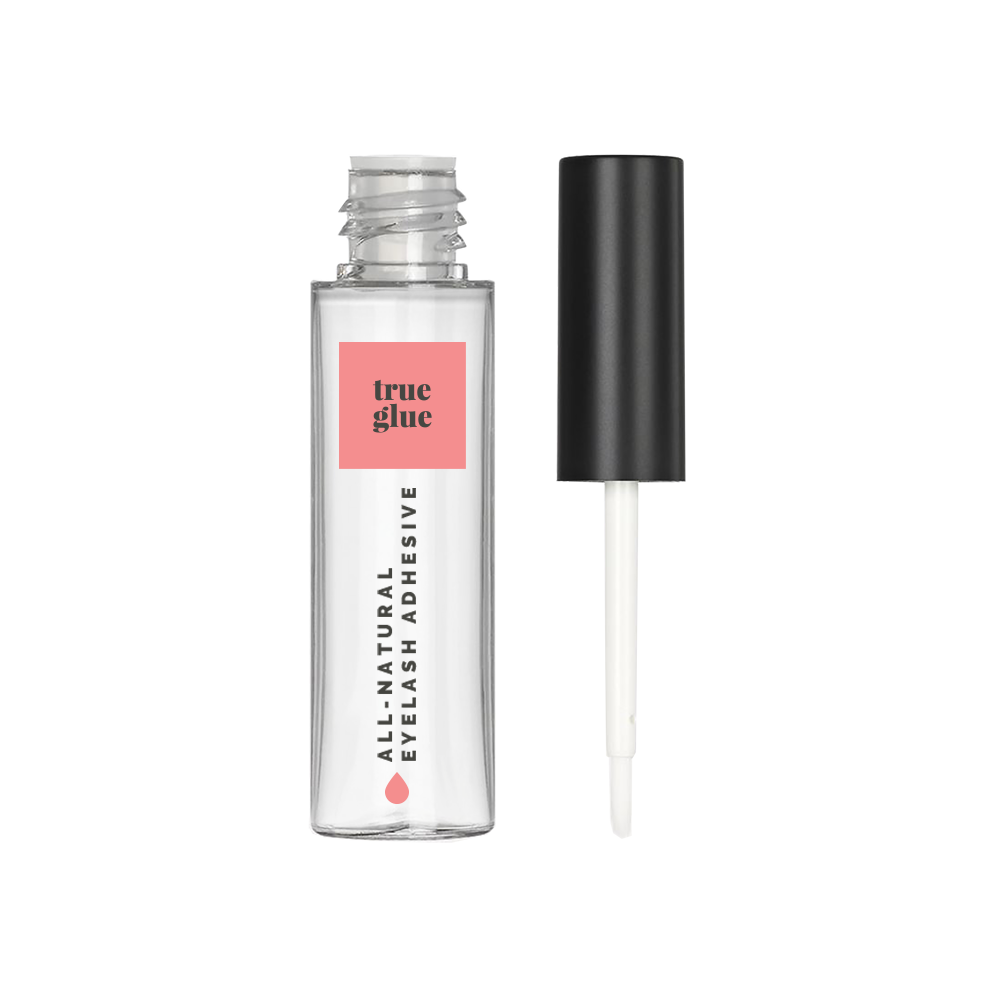The wrong makeup product can take you from “Oh-my-god I’m looking fine” to “Oh-hell-no I’m breaking out.”
Sometimes it can happen overnight. And other times? Happens in a week. Either way, it’s the bane of any makeup lover: a beauty product which triggers a dreaded allergic reaction or skin irritation. Or an acne breakout. Hence why patch testing is officially a thing. By patch testing each product you’re interested in applying on your face, you can make sure that your choice of makeup isn’t responsible for unwanted skin reactions. It makes a lot of sense. Now, granted, patch testing can be a lengthy process. Each time you add a new makeup product to your beauty regimen, it’s got to be tested – usually for at least a week (though the exact length of time you patch test a product is, of course, totally up to you and what you know about your skin). But, despite the arduous nature of patch testing, it’s well-worth the effort. Why? Because – through the almighty patch test – you’re really lessening the chance that sometime down the road your skin will flare up in a dramatic conflagration of irritation or itchiness or acne. Thus, in our humble-but-arguably-accurate opinion, it’s a good idea to patch test your beauty products – so you’re not subjecting your lovely face to the risk of long-lasting scars or pigment changes. Which, by the way, is an especially worrisome risk for those who use toxic-chemical-laden makeup. Cosmetics with synthetic chemicals – like formaldehyde, for instance – are especially known to cause nasty allergic reactions. To avoid that particular risk, you can start using more and more organic makeup which only makes use of natural, healthy ingredients (like chamomile extract, which – needless to say – is way, way better for your skin than formaldehyde). So if your goal is skin that glows beautifully and healthily, then use organic makeup – and, of course, don’t forget to patch test!Along that line of thinking, here are a few of our patch testing tips:
- Don’t patch test on a sensitive area of your skin until you’ve already patch tested a non-sensitive area for about a week. Otherwise, your patch testing efforts might continue sparking acne and irritations on your sensitive spots.
- Don’t patch test two or more products simultaneously. It’s okay if you do – as it saves time – but many makeup enthusiasts (who patch test regularly) prefer testing only one product at a time. The reason? It can be a hassle dealing with two breakouts, for example, which occur at the same time.
- If you have particularly sensitive skin, you may find that it’s a good idea to make your patch testing a rather gradual process. In other words, start with a small area of your face, then – if the makeup product doesn’t result in any unwanted reactions – use it each day on a slightly bigger area of your face. Then, once you’ve patch tested the product on a full half of your face, you can confidently apply the product to your entire face.














